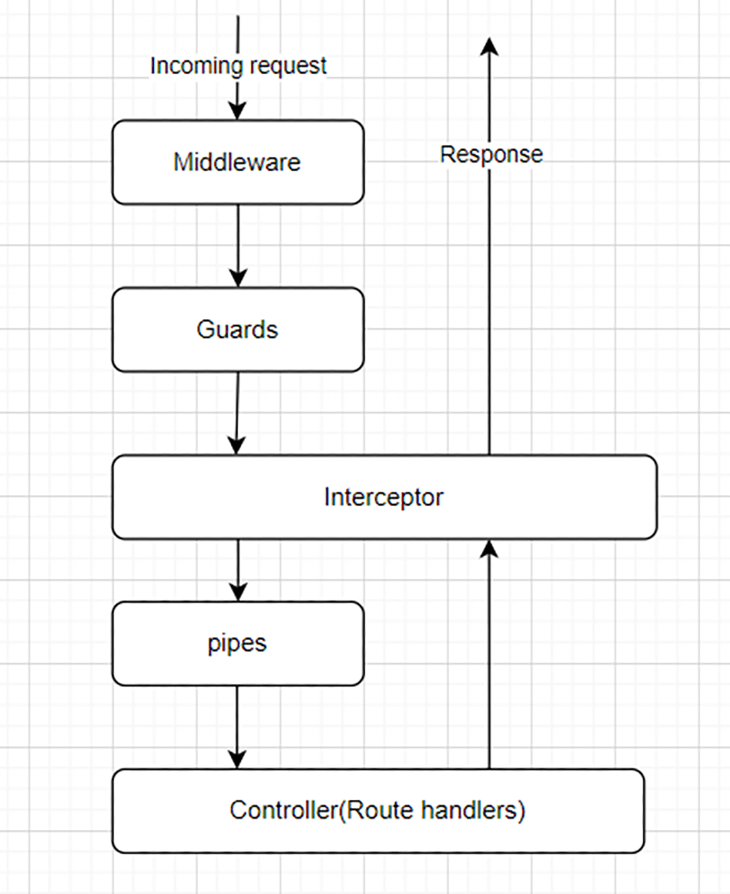Email suppression lists are a powerful tool that every email marketer should use. Since suppression lists allow keeping your sending reputation and email deliverability rates high, they directly affect the success of your email marketing.
Keep reading to learn all about suppression lists, from what types of lists there are to why they matter for your business growth.
What is an Email Suppression List?
Table of Contents
An email suppression list is a list of email addresses that, for some reason, don’t want to or can’t receive promotional emails from your email address or domain.
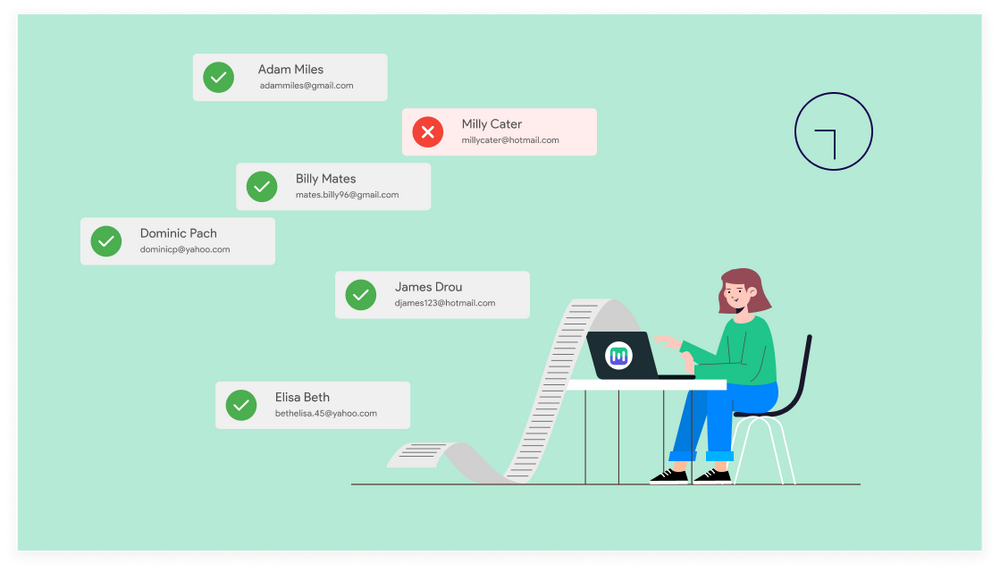
Along with blacklists and whitelists, email suppression lists are a powerful approach to managing outbound mail of your business and keeping your sender’s reputation high. But these three types of mail management differ from one another:
- blacklists are used to stop emails from being sent to a particular domain
- suppression lists stop emails from being sent to a particular address
- whitelists are used to allow emails to be sent to particular email addresses
For example, your recipient no longer wants to receive promotional emails from you, so they unsubscribe. This means their email address is automatically added to your suppression list. Someone’s email address can also be added to a suppression list if it is invalid or when recipients report your emails as spam.
At the same time, recipients in your email suppression lists can still receive other types of emails from you, like transactional emails with order confirmations and password resets.
But if you are blacklisted, any type of email from your domain won’t reach the recipient’s inbox. And vice versa, all of your emails will always come through to the recipient without falling into the spam box if your address is whitelisted.
How do Email Suppression Lists Work?
The suppression lists define the list of recipients for your email campaigns. Or, rather, they define who will not receive the emails during your campaign. A suppression list in action consists of 3 steps:
- The system searches for the recipient’s email address in your existing suppression list.
- The system searches for the domain of the recipient’s email address in the list.
- If there are no matches, the email is sent; otherwise, the email is not sent to the particular recipient.
Then, after the campaign is launched, the suppression list can be extended. If, for example, a recipient’s email address is invalid or the recipient unsubscribes from your newsletter, their email address is added to the suppression list. So during the next campaigns, they won’t be receiving any emails from you.
The process described above runs automatically. But you can also manually add email addresses to your email suppression lists, as well as remove recipients from the list.
Email Types in Suppression Lists
There are different types of emails that end up in email suppression lists. Here’s a quick rundown of these 4 email types.
Unsubscribed
Unsubscribed emails in a suppression list are the most common — the list consists of email addresses that have unsubscribed from your emails. In this case, email addresses are added to the suppression list automatically.
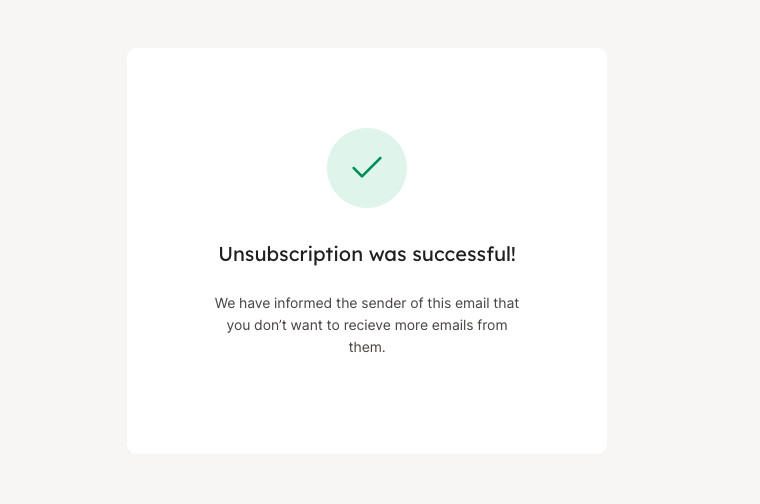
While you can identify unsubscribed users and remove them from the email suppression lists to be able to send emails to them, this isn’t recommended. Ignoring the recipients’ decision to unsubscribe may lead them to lose trust in your brand, get annoyed with you for still sending them emails and mark them as spam. Of course, all these would be harmful to your sender’s reputation and relationships with your audience.
The best way to proceed with these addresses is to remove them from future emails. Or, you can send a special offer to those customers to encourage them to get back on your subscription list.
Unwanted
The unwanted type of emails is emails that are considered spam or phishing based on their contents, such as when your is suspicious or contains a lot of errors. In this case, the system recognizes the email as unwanted and places it in the suppression list. But a user can also report the email manually, which would add the email address to the list.
If your email address has been automatically marked as unwanted, you can change this by improving your email newsletter templates and contents to meet the ISP’s standards.
An email can also become unwanted if it is sent without the recipient’s permission. These email addresses should not be used for future marketing efforts because they violate consumer trust. This could not only destroy your sending reputation but may also cause legal issues.
Invalid
Emails in a suppression list that are invalid are also known as hard bounce emails. Emails can bounce and end up in the email suppression lists as invalid for different reasons, like the following:
- the email address no longer exists
- the email address is misspelled
- the recipient’s inbox is full
- the domain is no longer active
- the recipient’s email server is unavailable at the moment
If your email bounced because of a server failure, the recipient’s email address can change to valid and be removed from the suppression list after some time when the server is responsive again.
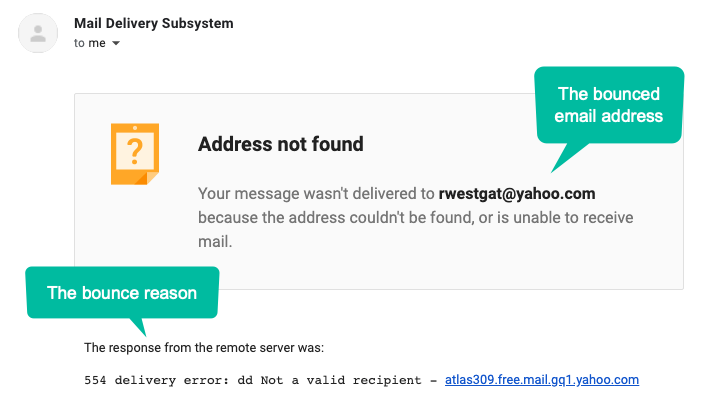
A good practice to avoid keeping invalid addresses in your contact list is to validate your contacts before starting any email campaigns. There are many ways to do that, including via various software.
Blocked
Blocked email addresses come from bounced emails, which are emails that couldn’t be delivered to the recipient’s service and returned back to you. Blocked emails include both soft and hard bounces, usually signaling for unavailable or non-existing email addresses. In other words, the issue can be both temporary and long-lasting.
Regardless of what type of issue caused an email to bounce and hence, block the email address, it’s useful to add the address to a suppression list. This way, you won’t face the bounce again if the issue reoccurs and will be able to keep your great sending reputation.
Why are Suppression Lists important?
Email suppression lists are important because they help reduce email deliverability issues, spam complaints and unsubscribe requests, therefore maintaining a positive sending reputation.
If you continue contacting recipients that have ended up on your suppression list, your email address will be at risk of Internet Service Providers (ISPs) blacklisting it. And getting your email address out of a blacklist is quite a challenge.
In the long run, continuing to reach out to recipients in your suppression list affects your sending reputation and email deliverability. Hence, this significantly decreases your ability to reach and engage with your audience.
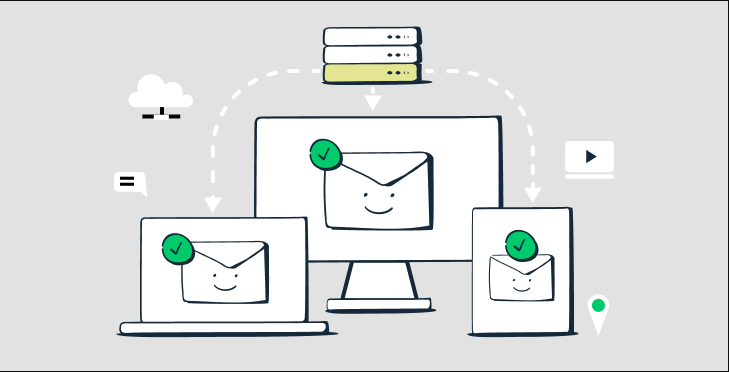
With this being said, putting effort into suppression list management is crucial, such as running a CRM system to keep track of your delivered, opened, and bounced emails. CRM stands for customer relationship management and is a convenient solution for managing suppression lists, among all.
As you keep track of what is going on with your email marketing, you can learn more about your audience and adjust your campaigns to benefit both you and your recipients. This way, suppression list management enables you to provide a positive user experience by sending your customers what they want and not sending them what they don’t want.
Conclusion
Email suppression lists are an important part of managing email marketing campaigns and, overall, your marketing efforts. Email suppression helps avoid sending unwanted emails to your customers and make sure that your campaigns are delivered to the right inboxes.






